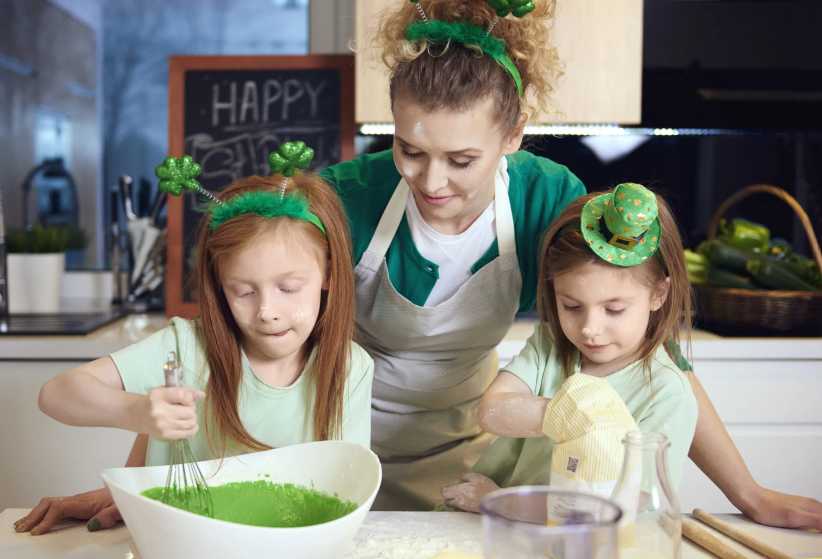Is it any coincidence that two images — hearts and chocolate — are inescapable during the month of February? The gift of chocolate is linked to affairs of the heart, but can it also be healthy for the heart?
Unwrap the science
Much of the research about cocoa’s health benefits has been conducted over the last 10 years. Over 740 beneficial bioactive components have been identified in cocoa beans, according to David A. Stuart, PhD, with the Hershey Center for Health and Nutrition. For example, health-promoting sterols, resveratrol, flavan-3-ols and especially flavanols are abundant in cocoa. And the fatty acids in cocoa are either neutral for blood cholesterol, or actually help lower it.
Is dark chocolate truly the best? According to a 2006 study in the “Journal of Agricultural and Food Chemistry,” flavanols are most concentrated in cocoa powder, followed by baking chocolate, dark chocolate, milk chocolate and finally syrup.
And it’s no surprise that nearly all the clinical trial studies have been conducted with cocoa powder or dark chocolate. The research suggests beneficial effects on cardiovascular risk factors such as serum cholesterol, blood pressure, vascular reactivity, platelet stickiness and systemic inflammation. However, the research has only been done with adults, and there is no proof of health benefits for children at this time.
Children and chocolate
Children love hot chocolate, right? But is it healthy for them?
“A cup of hot chocolate prepared with real cocoa powder is an excellent way to consume relatively high amounts of chocolate flavanols,” states Jeffrey Blumberg, PhD, director of the Antioxidants Research Laboratory at Tufts University.
What about milk chocolate? Many children prefer it, because it’s smoother and sweeter to the taste. Blumberg, who along with Stuart, spoke at the American Dietetic Association Food and Nutrition Conference and Expo in November 2010, reassures that milk chocolate does contain the same flavonoids as dark chocolate, but at a 20 to 50 percent lower concentration. (There are no flavonoids in white chocolate, as it is not made from the cocoa bean.)
Stimulant effect?
Parents often worry about the caffeine in chocolate and its stimulant effect on young children. Actually, there are two naturally-occurring stimulants, caffeine and theobromine. Caffeine is present in the same order in chocolate products as flavanols, with cocoa powder being the highest. But the amount is small. For example, a 1.55 ounce milk chocolate bar contains about 12 milligrams of caffeine, the same amount in about three cups of decaf coffee.
Closely linked to caffeine, theobromine has only a mild stimulatory effect. Dark chocolates, unsweetened baking chocolate and cocoa powder contain more theobromine than do milk chocolate and syrups.
When it comes to the amount of chocolate to shoot for, Blumberg notes that consistency is key and that eating it every day is what provides the most benefits. He also reminds us to practice moderation.
“Children need to learn the important lesson that candy — even candy with healthy phytochemicals like the flavonoids — should be consumed in small amounts as a fun, but indulgent, treat. Of course, encouraging kids to expand the horizons of their palate beyond simple sweets to more adventuresome foods (including dark chocolate) is always a good idea.”
Q: How much chocolate provides health benefits?
A: According to published research, between one and 10 tablespoons (10 to 100 calories) per day of cocoa. Or two to 20 gram tasting squares (90 calories total) of dark chocolate.
Old-fashioned
hot cocoa
INGREDIENTS
1 tablespoon unsweetened cocoa powder
Dash salt
1 cup reduced fat milk
1/4 teaspoon vanilla extract
1 tablespoon sugar
INSTRUCTIONS: Mix cocoa and salt in a mug. Heat milk in the microwave on high for 90 seconds or until hot. Gradually add the hot milk to the cocoa mixture in the mug, stirring until well blended. Stir in vanilla and sugar. Makes 1 serving.
NUTRITION FACTS: 190 calories, 27 grams carbohydrate, 9 grams protein, 5 grams fat, 2.5 grams saturated fat, 24 grams sugar (13 grams from added sugar), 270 milligrams sodium, 30 percent daily value calcium, 10 percent daily value vitamin A, 4 percent daily value iron, 12 milligrams caffeine.Christine M. Palumbo is an award-winning dietitian in Naperville, IL. She is a mother of three and the wife of a chocoholic. Herself? Not so much. Contact her at Chris@ChristinePaumbo.com or (630) 369-8495.














